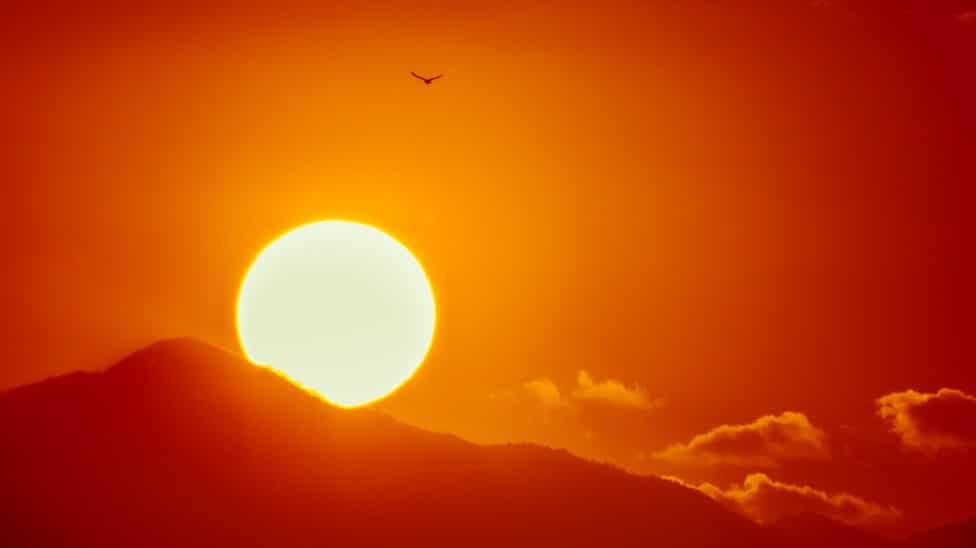
The Tusayan Ruin and Museum provides a look into the lives of a thriving community that once lived in the area. It is estimated that at any one time, 16 to 20 people live in this community. Pottery, seashell bracelets, corncobs, arrowheads, and 2,000–4,000 year old original split-twig figurines were left behind that give us a glimpse into the lives of those who came before. This ruin is one of more than 4000 archaeological sites recorded within Grand Canyon National Park. Tree ring dates indicate that people began construction of Tusayan Pueblo around A.D. 1185.

The Bright Angel Lodge History Room is a great way to get a glimpse into the rich history of the hospitality industry within the canyon village. The genius design impact that Mary Colter left is on display for visitors along with original photos of the Harvey girls and original El Tovar dinnerware.

At first glance, Kolb Studio appears to be an old house perched on the rim of the canyon. However, if you step inside, or see it from Bright Angel Trail on your hike out of the canyon, you get the sense it is much more than that.
Ellsworth and Emery Kolb established themselves as both photographers and adventurers. They took photographs of visitors and lesser-known areas of the canyon which made them their fortune. They were mostly known for their still photos of the canyon also captured an epic 100 day river running trip on the Colorado River. Kolb Studio proudly sits at the head of the Bright Angel Trail, just like it did in 1904. When stepping inside one can view their antique cameras, study paintings by plein-air artists through the decades, and watch the first motion picture recording of the brothers exploring the Colorado River.


